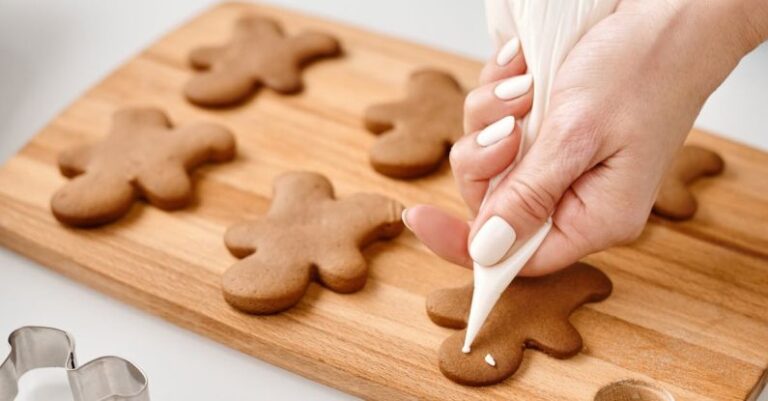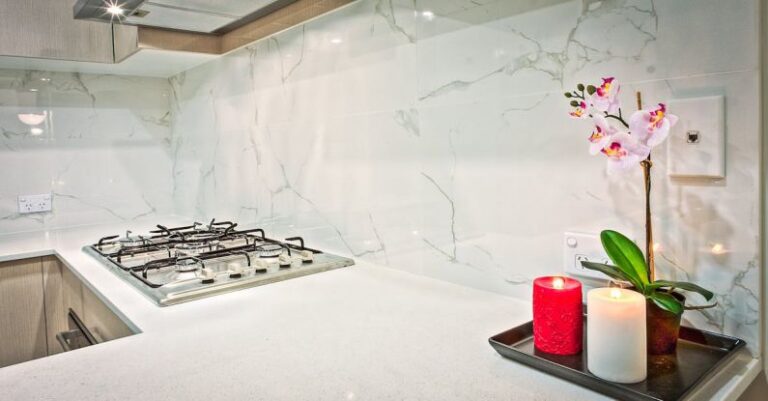
A kitchen backsplash serves as both a practical and aesthetic element in your kitchen, protecting your walls from spills and splatters while adding style and personality to the space. Installing a kitchen backsplash may seem like a daunting task, but with the right guidance and tools, it can be a manageable project that you can tackle yourself. In this article, we will guide you through the process of installing a kitchen backsplash, from preparation to the finishing touches.
Preparation is Key
Before you start installing your kitchen backsplash, it is essential to prepare the area to ensure a smooth and successful installation process. Here are the steps you need to take:
1. Clean the Wall: Begin by thoroughly cleaning the wall where the backsplash will be installed. Remove any grease, dirt, or debris to ensure that the adhesive will bond properly.
2. Measure and Mark: Measure the area where the backsplash will go and mark the dimensions on the wall using a pencil and a level. This will help you ensure that the backsplash is installed straight and centered.
Choosing the Right Materials
When it comes to choosing the right materials for your kitchen backsplash, there are several options to consider, including ceramic tile, glass tile, metal tile, and more. Each material has its own unique characteristics and aesthetic appeal, so be sure to choose one that complements your kitchen style and meets your practical needs.
Installing the Backsplash
Now that you have prepared the area and chosen your materials, it’s time to start installing the kitchen backsplash. Here is a step-by-step guide to help you through the process:
1. Apply the Adhesive: Using a trowel, spread the adhesive evenly on the wall where the backsplash will be installed. Make sure to follow the manufacturer’s instructions for the adhesive you are using.
2. Place the Tiles: Carefully place the tiles on the adhesive, starting from the center of the wall and working your way outwards. Press each tile firmly into place to ensure a strong bond.
3. Cut Tiles as Needed: If you encounter obstacles such as outlets or corners, you may need to cut the tiles to fit. Use a tile cutter or a wet saw to make precise cuts, and remember to wear protective gear while cutting tiles.
4. Grout the Tiles: Once all the tiles are in place and the adhesive has dried, it’s time to grout the tiles. Mix the grout according to the manufacturer’s instructions and apply it to the spaces between the tiles using a grout float. Wipe off any excess grout with a damp sponge.
5. Seal the Grout: To protect the grout from moisture and staining, it is essential to seal it once it has dried completely. Apply a grout sealer using a brush or sponge, following the manufacturer’s instructions.
Adding the Finishing Touches
With the tiles installed and the grout sealed, your kitchen backsplash is almost complete. To add the finishing touches and ensure a polished look, consider installing trim pieces along the edges of the backsplash and around any outlets or corners. Trim pieces can help create a cohesive and professional finish to your backsplash installation.
In Conclusion
Installing a kitchen backsplash is a rewarding project that can enhance the look and functionality of your kitchen. By following the steps outlined in this article and taking your time to ensure precision and attention to detail, you can achieve a stunning backsplash that reflects your style and personality. So roll up your sleeves, gather your materials, and get ready to transform your kitchen with a beautiful new backsplash!





